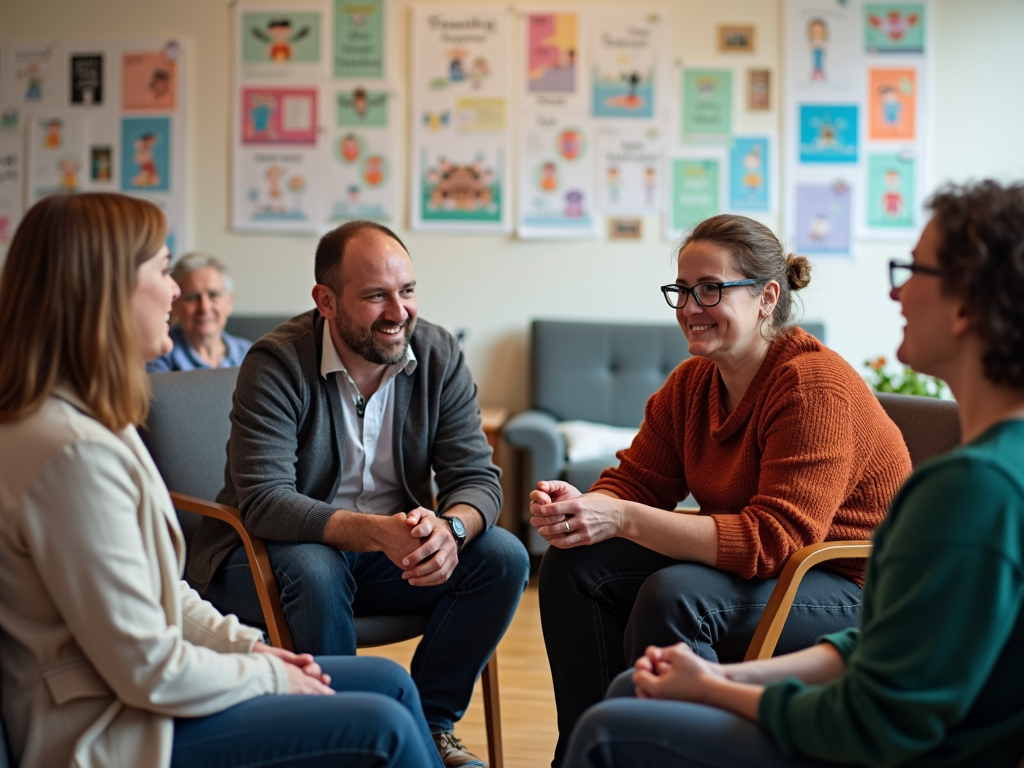Understanding the Risks of Fertility Hormone Therapy: A Comprehensive Guide
May 21, 2025, 5:22 p.m.
Overview
Fertility hormone therapy offers hope for those facing infertility, but it comes with risks. This article explores the treatments, their challenges, and what you need to know to make informed choices.
What is Fertility Hormone Therapy?
Fertility hormone therapy uses medications to boost ovulation or support reproduction. It’s a popular fertility treatment for people struggling with infertility. Doctors prescribe it to help women release eggs or improve hormone levels. But it’s not a simple fix—understanding the risks of fertility hormone therapy is a must.
The process often starts with a visit to a specialist. They’ll run tests to see why conception isn’t happening. From there, they might suggest drugs like Clomiphene or injections like Gonadotropins. Each option has its own rewards and downsides.

Common Types of Fertility Hormone Therapy
Here’s a breakdown of the main treatments:
- Clomiphene (Clomid): This pill tricks your brain into making more hormones to trigger ovulation. It’s often the first step for women who don’t ovulate regularly.
- Gonadotropins: These shots pack a stronger punch, directly stimulating your ovaries. They’re used when Clomiphene doesn’t work.
- Metformin: Normally for diabetes, this drug helps women with polycystic ovary syndrome (PCOS) ovulate by balancing insulin.
Each type has unique risks. Clomiphene can cause hot flashes or mood swings. Gonadotropins might lead to swollen ovaries or twins. Metformin could upset your stomach. Knowing these possibilities helps you prepare.
The American Society for Reproductive Medicine says about 1 in 10 women on Gonadotropins face ovarian hyperstimulation syndrome (OHSS). That’s when ovaries overreact, causing pain or swelling. Multiple pregnancies—like twins or triplets—happen in up to 30% of cases.

The Risks You Should Know
Fertility hormone therapy isn’t risk-free. Here are the big ones:
| Risk | Description | Likelihood |
|---|---|---|
| OHSS | Ovaries swell and leak fluid, causing pain | 10% with Gonadotropins |
| Multiple Pregnancies | Twins or more, raising health risks | Up to 30% |
| Emotional Stress | Mood swings and anxiety from treatment | Common |
These risks don’t mean you should avoid treatment—they just mean you need a plan.
A Personal Story: Jane’s Journey
Jane, a 35-year-old teacher, tried Clomiphene. “It was tough,” she says. “I’d feel fine one minute, then snap at my husband the next. The hot flashes kept me up at night. But after three months, I got pregnant. It wasn’t easy, but it worked.” Her story shows the highs and lows of fertility treatment.
Not everyone has the same ride. Mark, a 40-year-old engineer, supported his wife through Gonadotropins. “We had twins,” he shares. “It was a shock—double the joy, but double the worry too. Her ovaries hurt for weeks.” These experiences underline why understanding the risks of fertility hormone therapy matters.

What Experts Say
Dr. Sarah Collins, a fertility specialist, weighs in: “These treatments can change lives, but they’re not perfect. Patients need to know what might happen—like OHSS or emotional strain—and check in with their doctor often.” Her advice matches what studies show: close monitoring cuts risks.
A report from the National Institute of Child Health and Human Development backs this up. It found a 60% success rate for conception within six cycles of fertility hormone therapy. But it also flagged higher chances of twins or triplets, which can complicate pregnancies.
How to Handle the Risks
You can take steps to stay safe:
- Pick a Pro: Go to a doctor who specializes in fertility. They’ll know the ropes.
- Stay Checked: Get ultrasounds and blood tests to watch how your body reacts.
- Lean on Support: Talk to friends, family, or a counselor. The emotional load can be heavy.
- Plan the Cash: Treatments cost a lot—sometimes thousands. Check your insurance first.

Real Talk: Is It Worth It?
Fertility hormone therapy helps many build families. But it’s a big decision. The physical risks—like sore ovaries or unexpected twins—pair with emotional ups and downs. Jane says, “I’d do it again, but I wish I’d known more upfront.” That’s the key: information gives you power.
Data from the Mayo Clinic shows success varies by age and health. Women under 35 have better odds—up to 15% per cycle with Clomiphene. Older patients might need more tries. Talk to your doctor about what fits your life.

Other Options to Consider
If the risks feel too big, ask about alternatives. Lifestyle changes—like eating better or reducing stress—can boost fertility for some. In vitro fertilization (IVF) is another route, though it has its own challenges. Your doctor can map out what’s best.
Summary
Fertility hormone therapy can open doors for those with infertility, but it’s not a smooth ride. Risks like OHSS, multiple births, and stress are real. Personal stories and expert tips show it’s manageable with the right support. Know what you’re stepping into, and you’ll handle it better.